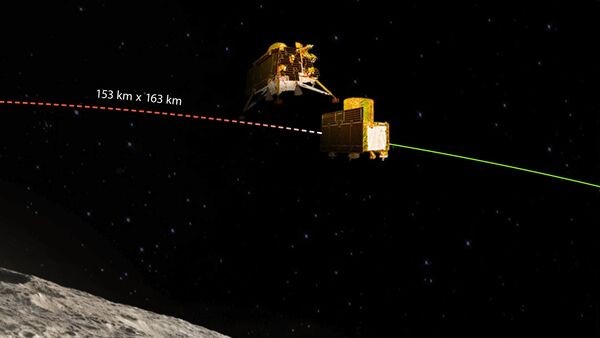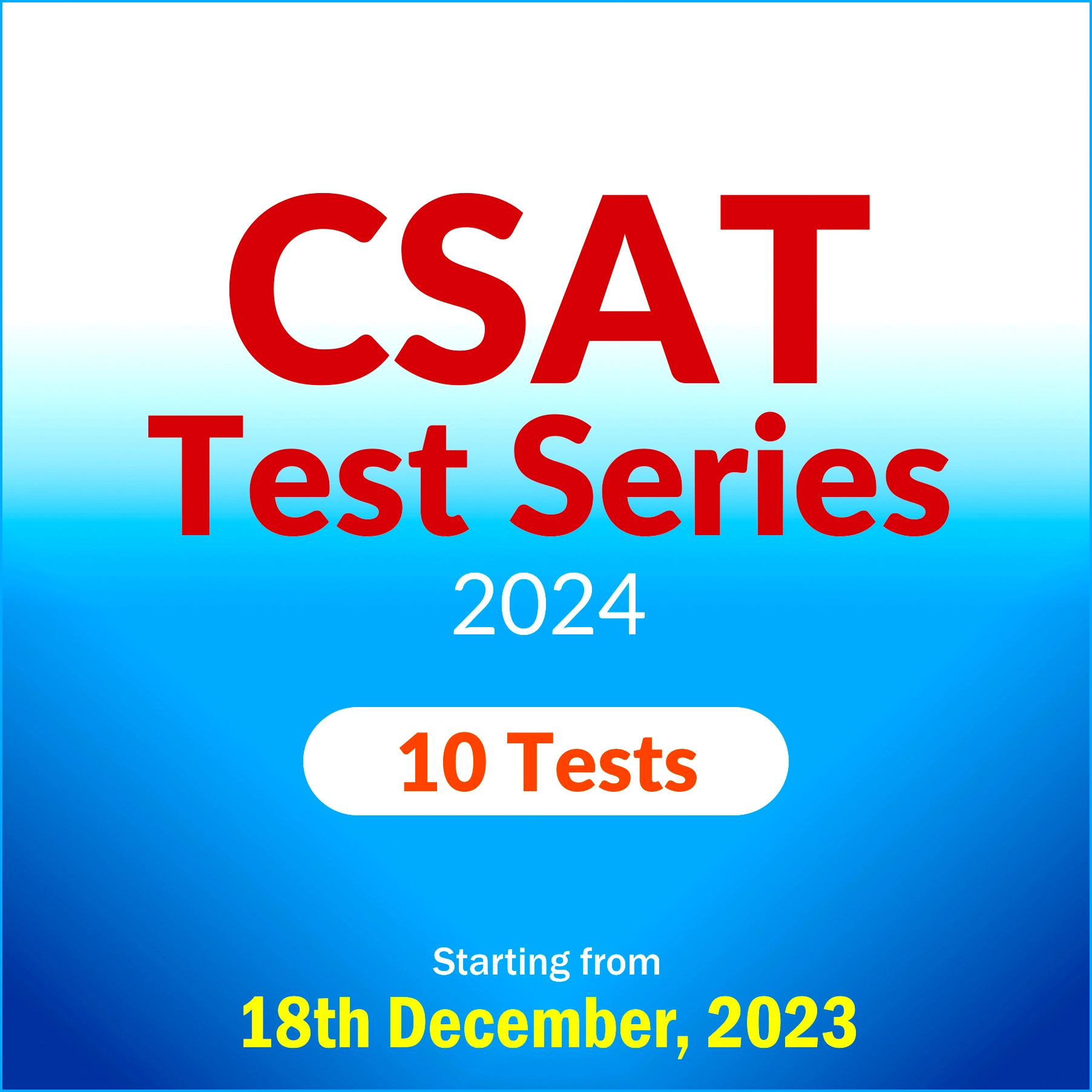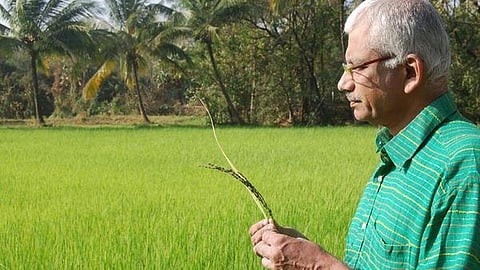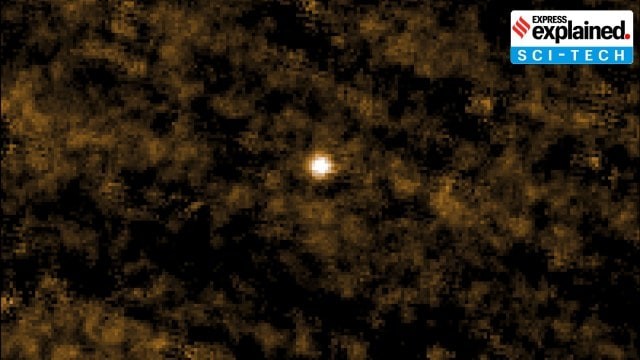Description

Disclaimer: Copyright infringement not intended.
Context
The Indian Space Research Organisation (ISRO) has executed a unique operation, relocating the Propulsion Module (PM) of Chandrayaan-3 from a lunar orbit to an orbit around Earth, for an extended run after it completed its original mission objectives.
Details
- Unlike Chandrayaan-2, this mission had a limited scientific payload called SHAPE and intended to operate for about six months.
- Despite the original plan for the module to orbit the Moon for its mission life, ISRO brought it back to Earth's orbit.
- This unexpected experiment was possible due to significant propellant savings during the mission.
- ISRO meticulously planned the return trajectory to bring the propulsion module back to Earth.
- Key maneuvers included raising the lunar orbit's altitude, trans-Earth injection maneuver, moon fly-bys, and exiting the Moon's sphere of influence on November 10.
- ISRO gained valuable data for developing software modules, flight dynamics analysis, and preventing uncontrolled crashes or space debris.
Significance for Future Missions
- Chandrayaan-3's propulsion module retrieval and other experiments are crucial for ISRO's ambitions, including the Lunar Sample Return Mission (LSRM) and other lunar endeavors.
- These experiments demonstrate ISRO's capabilities and technical advancements in space missions.
- ISRO's work on re-entry technology for space capsules suggests its diverse missions beyond lunar exploration.
Objective of Lunar Sample Return Mission (LSRM)
- The primary goal of the Lunar Sample Return Mission is to collect pristine samples of lunar soil from specific locations on the Moon's surface.
- These samples are expected to provide critical insights into the Moon's geological composition, history, and potentially its past interactions with the Earth.
Mission Components and Execution
- The mission typically involves a spacecraft consisting of an orbiter, a lander, and a sample collection device.
- The orbiter is responsible for navigation, communication, and sometimes observations while the lander carries instruments necessary for the collection and storage of lunar samples.
- The sample collection device may utilize robotic arms, drills, or scoops to gather soil or rock samples from the lunar surface.
.jpg)
Challenges and Technical Considerations
- Precise landing and sample retrieval are critical and require advanced robotics, navigation, and autonomous systems to ensure successful collection.
- The return journey from the Moon to Earth involves various maneuvers, including lunar liftoff, rendezvous with the orbiter, and re-entry into Earth's atmosphere.
Previous Lunar Sample Return Missions
- Historically, only a few missions have successfully brought back lunar samples, notably the Apollo missions conducted by NASA in the late 1960s and early 1970s.
- These missions collected and transported nearly 382 kilograms (842 pounds) of lunar material back to Earth, which has been instrumental in numerous scientific discoveries.
Global Collaboration and Future Prospects
- Several space agencies, including NASA, ESA, CNSA (China National Space Administration), and others, are planning or considering lunar sample return missions.
- Collaborative efforts among different space agencies could lead to enhanced scientific knowledge and advancements in lunar exploration.
Scientific Analysis and Expected Outcomes
- Upon returning to Earth, the lunar samples undergo rigorous scientific analysis by researchers worldwide using specialized laboratories.
- The analysis includes studies on mineral composition, isotopic dating, volatiles, geological processes, and the potential for identifying traces of water or organic compounds.

Conclusion
- ISRO's successful retrieval of the propulsion module from Chandrayaan-3's mission orbiting the Moon back to Earth's orbit marks a significant step in India's space exploration.
- The unexpected experiment has provided crucial insights and capabilities for future lunar missions, including the Lunar Sample Return Mission, showcasing ISRO's technical prowess and advancements in space science.
|
PRACTICE QUESTION
Q. Explain the significance and scientific implications of a Lunar Sample Return Mission (LSRM) in advancing lunar exploration and our understanding of the Moon's geological composition. (250 Words)
|










